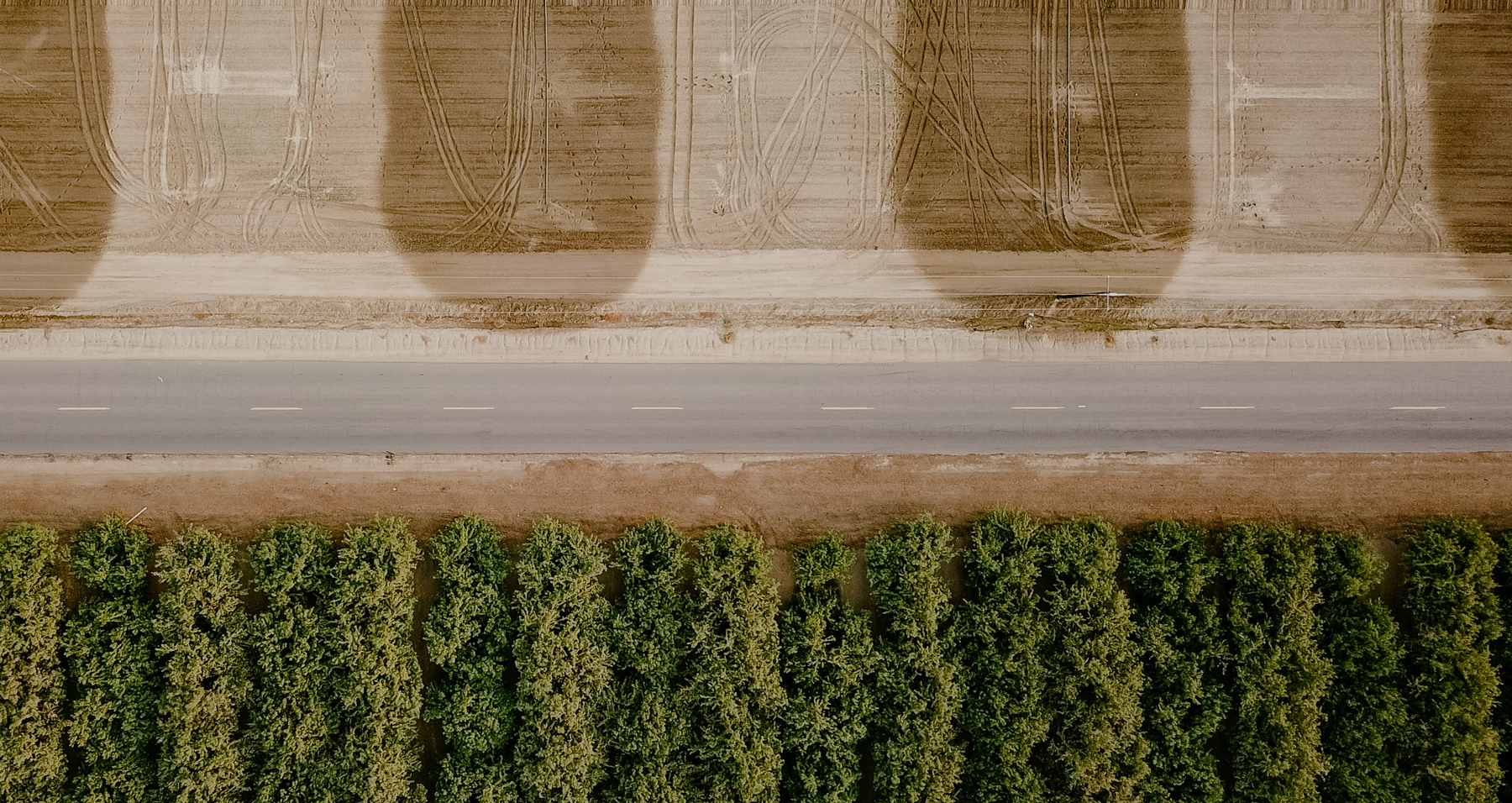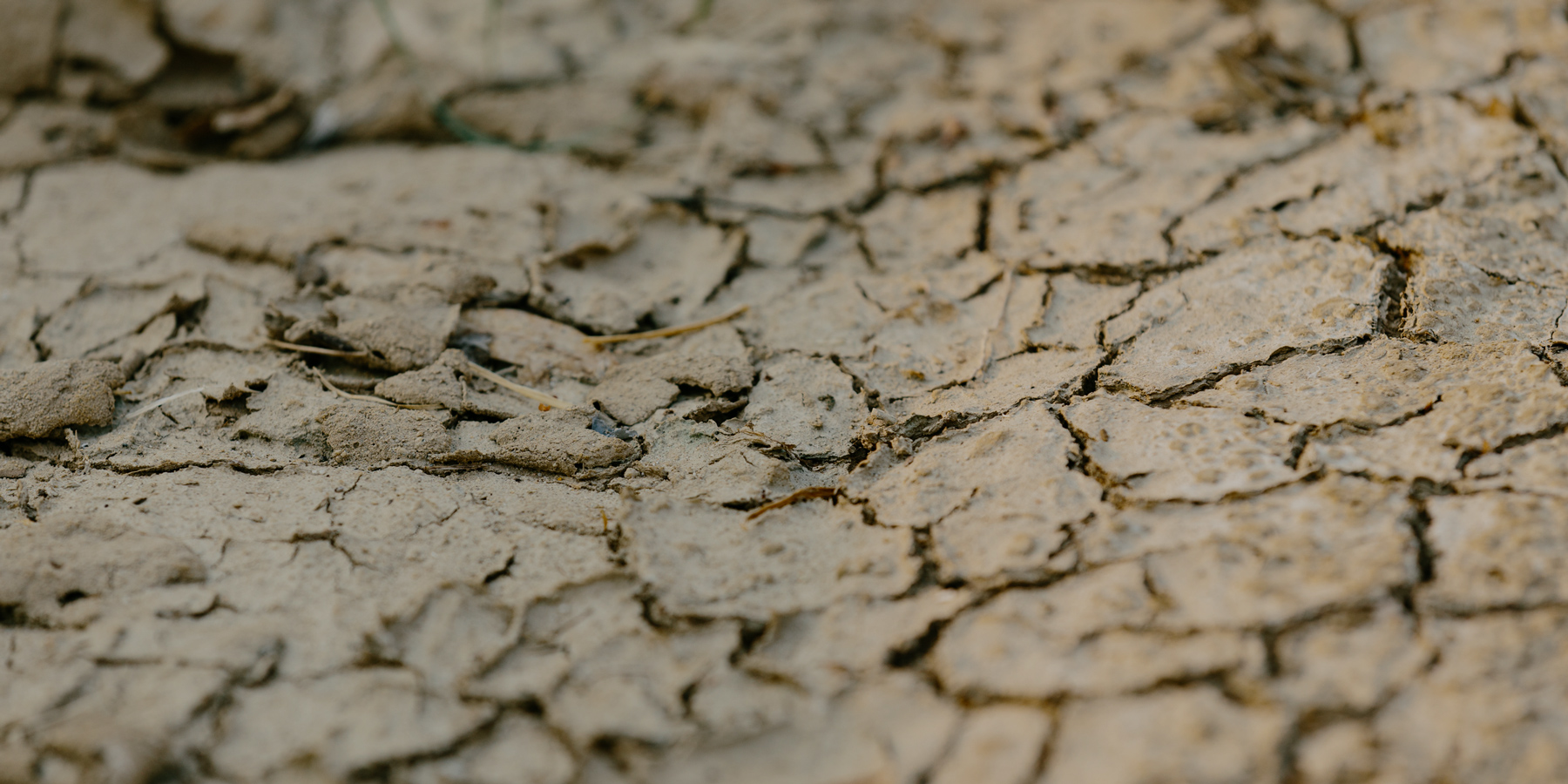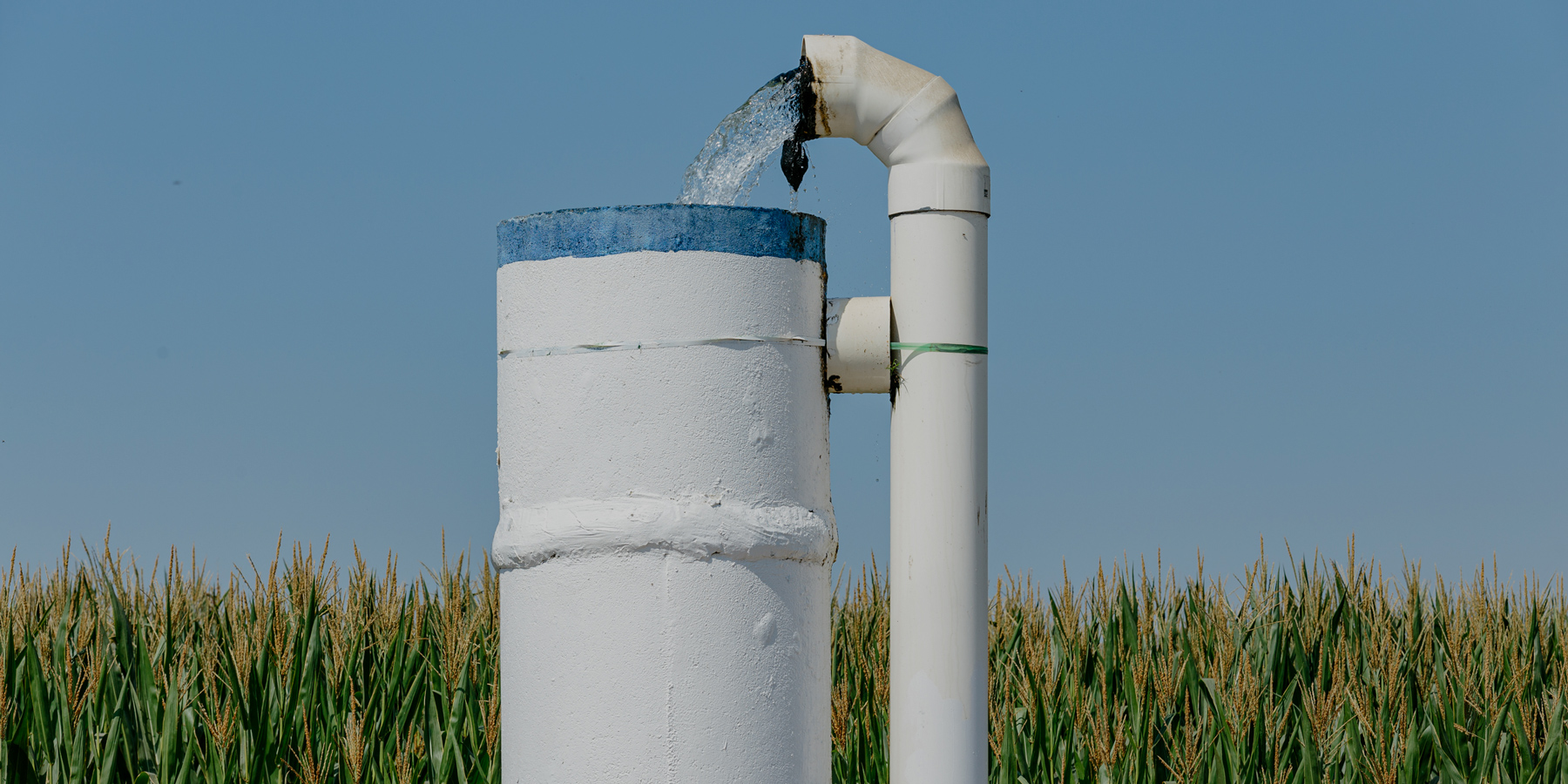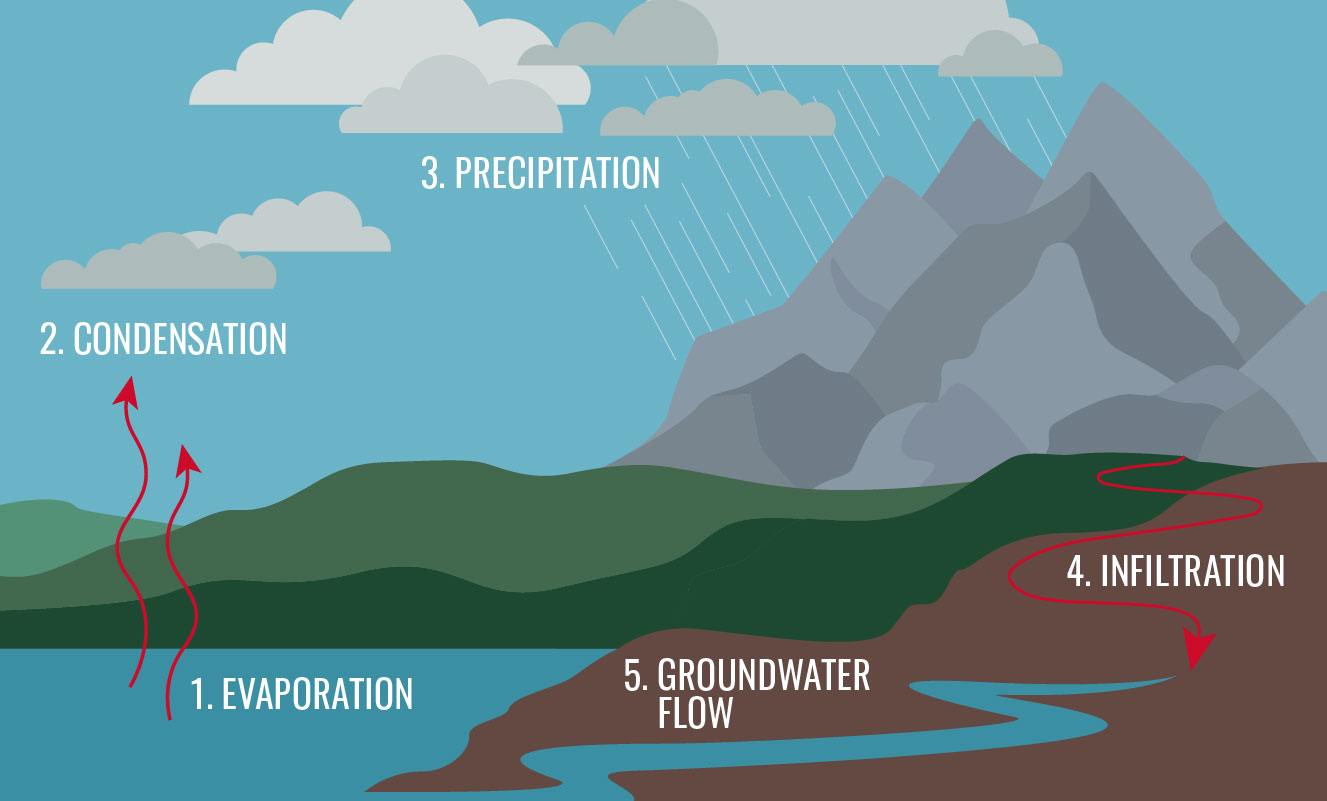
Troubled Waters


“Human-induced climate change is already affecting many weather and climate extremes in every region across the globe.”
–United Nations Intergovernmental Panel on Climate Change

“California receives 75 percent of its rain and snow in the watersheds north of Sacramento. However, 80 percent of California’s water demand comes from the southern two-thirds of the state.”
–California Department of Water Sources
“2021 tied for the third driest year on record.”
–AccuWeather
THE WATER CYCLE


“Since 2000, the longest duration of drought (D1–D4) in California lasted 376 weeks, beginning on December 27, 2011 and ending on March 5th, 2019. The most intense period of drought occurred the week of July 29, 2014, when D4 affected 58.41 percent of California land.”
–National Centers for Environmental Information
Drone footage of Folsom Lake captures a dried-out marina in September 2021.
STORY: MICHELLE MCCARTHY
PHOTOGRAPHY: Patrick Record
Share this story